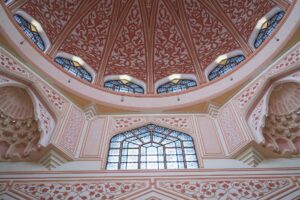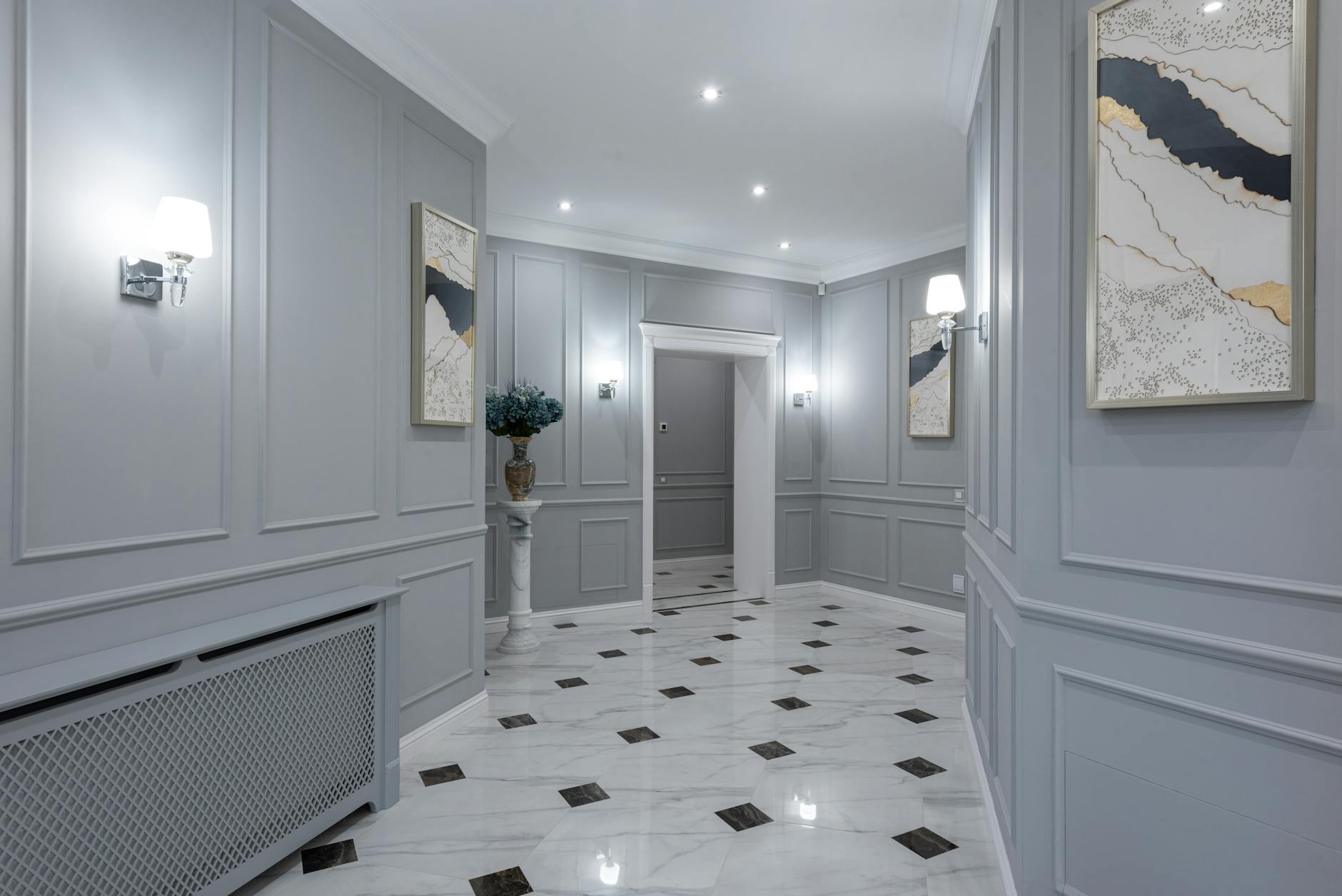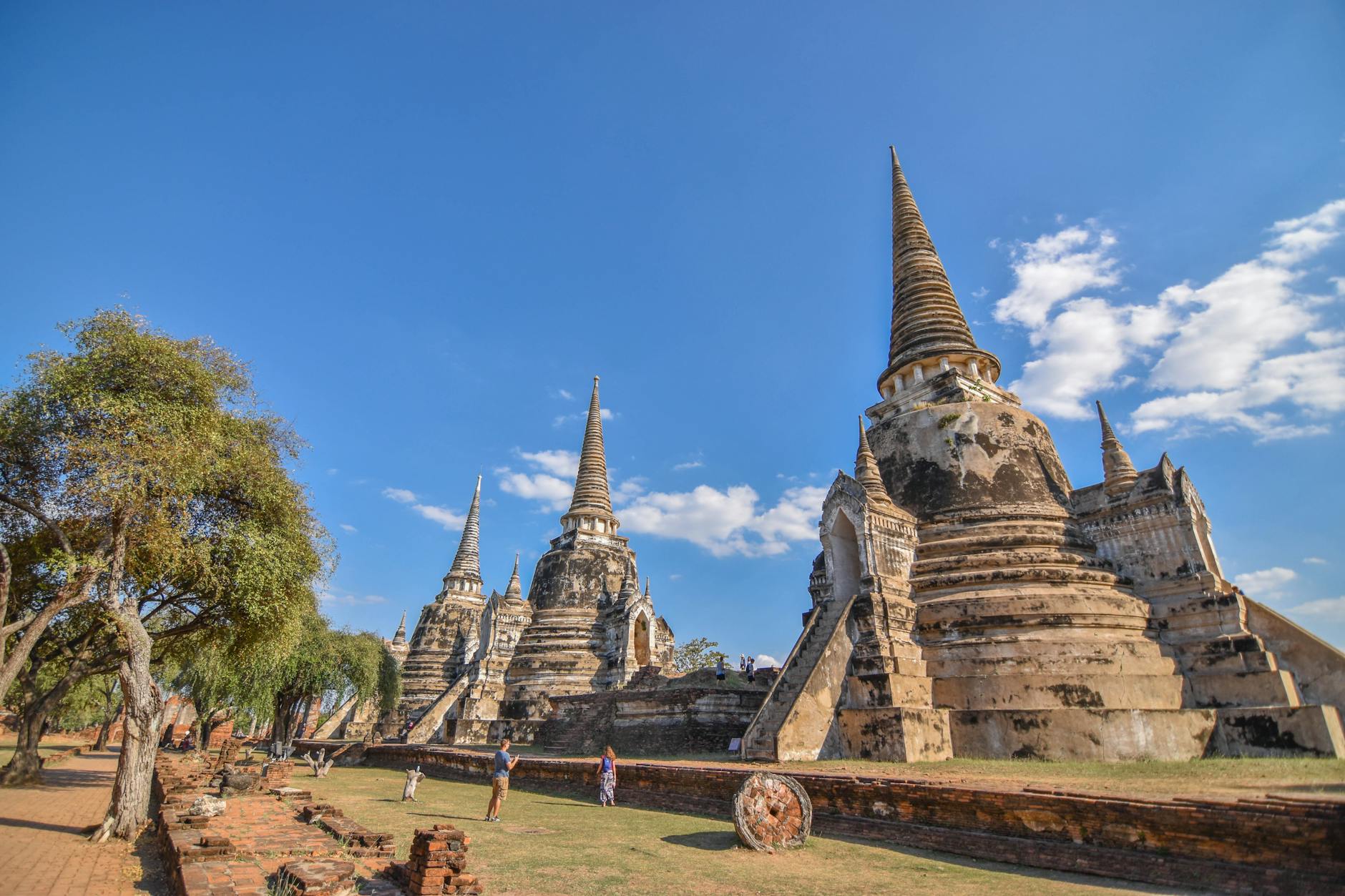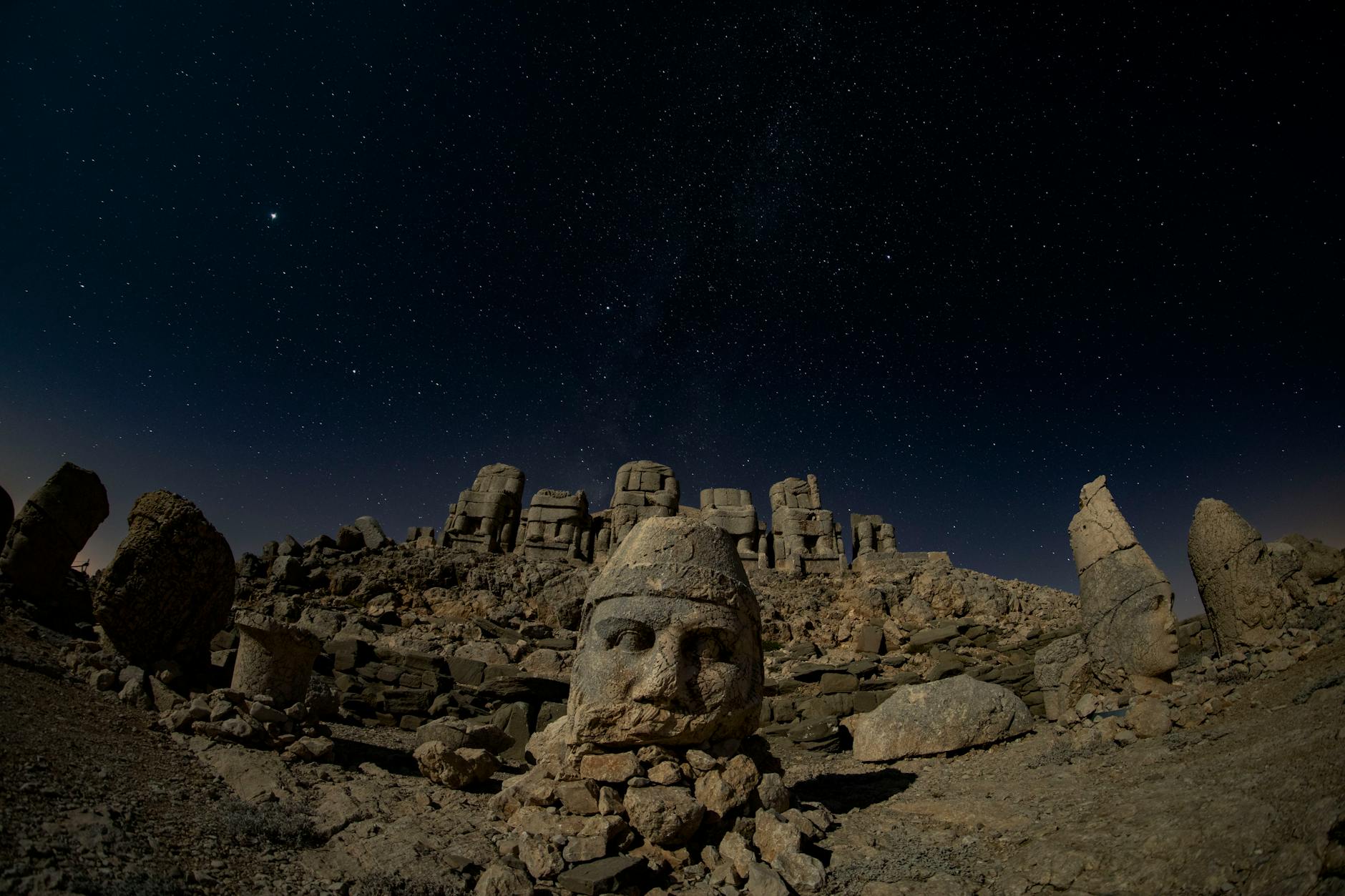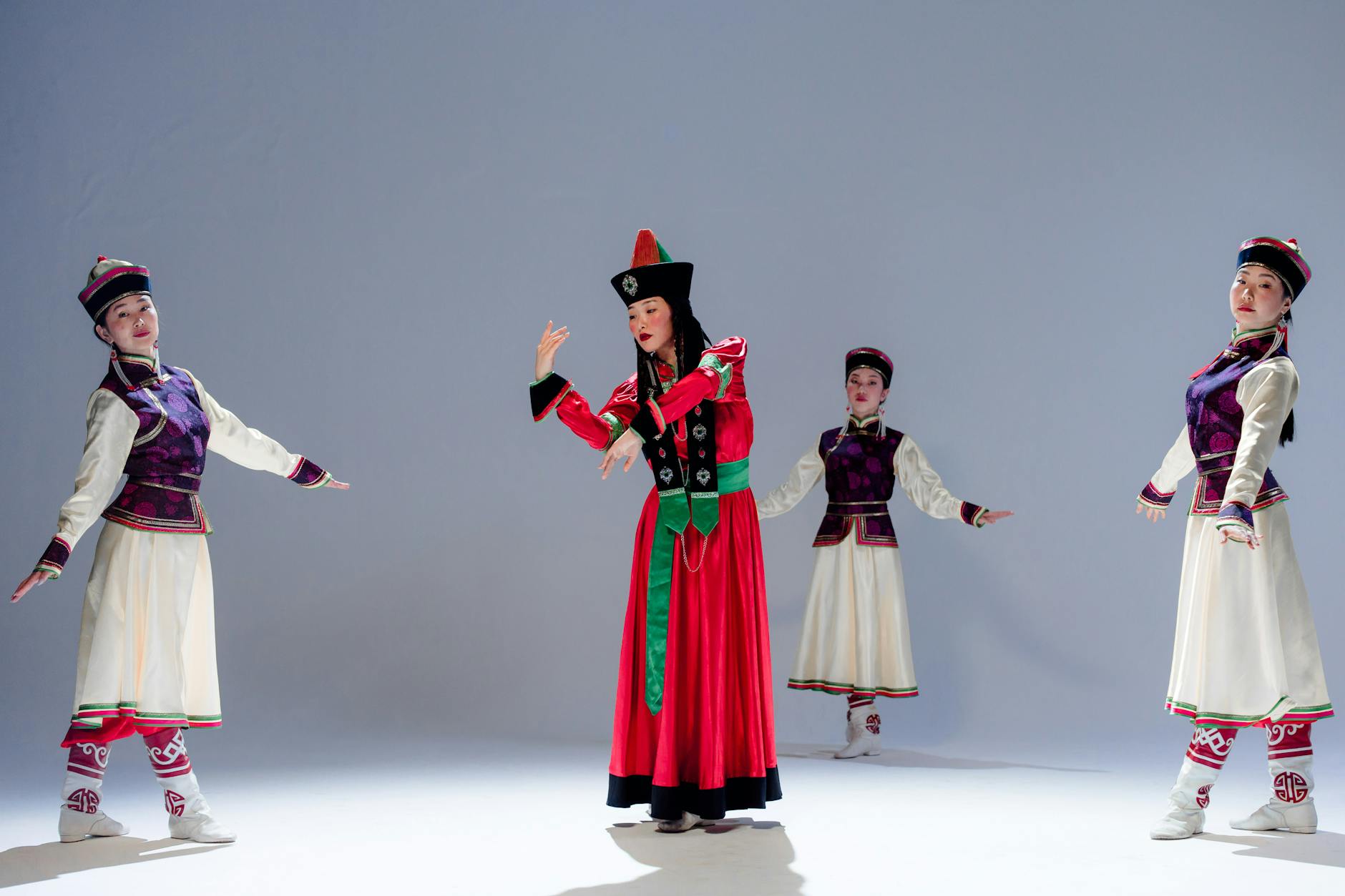Psychedelic art, characterized by its vibrant colors, distorted forms, and complex patterns, has long been recognized as a visual language for the articulation of the unspeakable. It’s the visual companion to an interior journey usually stimulated by mind-altering substances and a quest for self-exploration. Its allegorical imageries and symbols interpret metaphysical realities, spiritual awakenings, and subconscious explorations. By interpreting the symbolism and hidden meanings in these psychedelic masterpieces, we can illuminate the underlying spiritual dimensions and metaphysical insights they represent.
An essential element of psychedelic art is sacred geometry, a concept adopted from ancient cultures that associates specific shapes with spiritual and metaphysical meanings. Psychedelic artists often incorporate these shapes, like the geometric patterns observed in mandalas, to depict the interconnectedness of the universe or to represent the notion of oneness. This element fosters the feeling of transcendence, a common theme in psychedelic art that symbolizes the user’s higher state of consciousness during a psychedelic experience.
Archetypes, borrowed from Carl Jung’s theory, play an equally crucial role in the exploration of the subconscious through psychedelic art. These universal symbols, recognized and understood across cultures, convey deep emotional and psychological truths. Images of celestial bodies, serpents, divine figures, and mystical creatures illustrate a shared journey toward self-awareness and spiritual enlightenment.
Psychedelic art’s versatility and visual language allow the artist to convey complex, abstract concepts and feelings often experienced during these profound psychedelic experiences. It becomes a bridge between the physical and metaphysical, exploring mankind’s cognitive, spiritual, and emotional depths. This art form’s rich visual vocabulary reveals a hidden world of symbols, each representing different aspects of the human psyche.
Symbols can depict the duality of existence, showing life’s joy and suffering simultaneously. For example, the representation of eyes, a common symbol in psychedelic art, can express the inner visionary experiences or allude to the concept of the “third eye” – the spiritual center of intuition and enlightenment in many eastern philosophies.
Another common design element used to communicate spiritual and metaphysical concepts in psychedelic art is the spiral. This shape often symbolizes growth, evolution, and cosmic energy, capturing the concept of eternal movement and infinite possibilities. By depicting such patterns and symbols, artists create imagery that goes beyond the constraints of language, enabling the viewer to encounter, comprehend, and relate to the transcendental realities conjured by psychedelics.
Unraveling this visual language is not always straightforward, as the meanings of symbols can vary depending on personal and cultural interpretations. Nevertheless, it sparks contemplation, inviting us to delve into the depths of our subconscious and explore our spiritual selves.
In conclusion, psychedelic art serves more than just aesthetic pleasure: it offers a portal to inner spaces and transcendental realities. By decoding the abundant symbolism and hidden meanings in these artworks, we gain a clearer understanding of the human experience’s many dimensions. It provides viewers a visual narrative of the ineffable, often leading to profound personal insights and spiritual growth.
Psychedelic art, therefore, holds a mirror up to our subconscious, revealing the intangible truths residing within us all. It offers a roadmap to understanding the spiritual and metaphysical dimensions of human existence, inviting us to embark on a visual journey of self-discovery and transcendence.
Thus, the next time you stand before a fluorescent mural or a complex kaleidoscopic image, pause and search for the symbolism and hidden meanings. You may discover layers to your subconscious previously unexplored, and, in that moment, find yourself standing at the intersection of art, spirituality, metaphysics, and mind expansion.
Sources:




